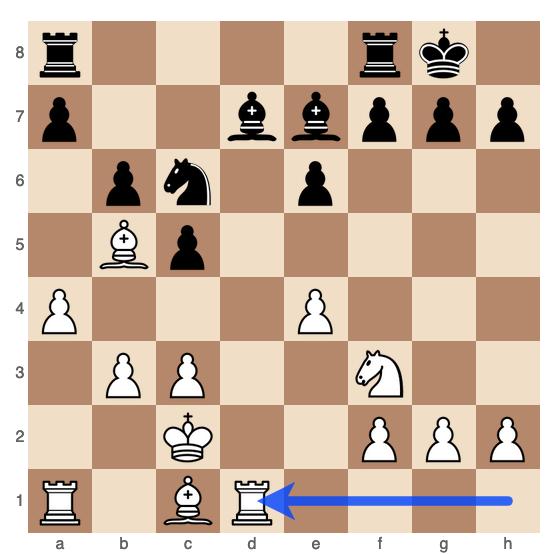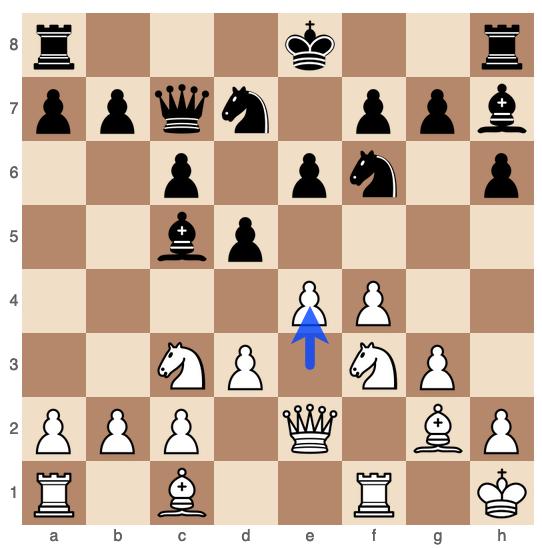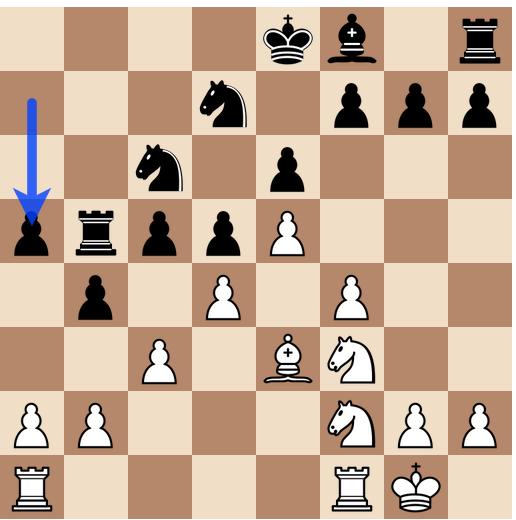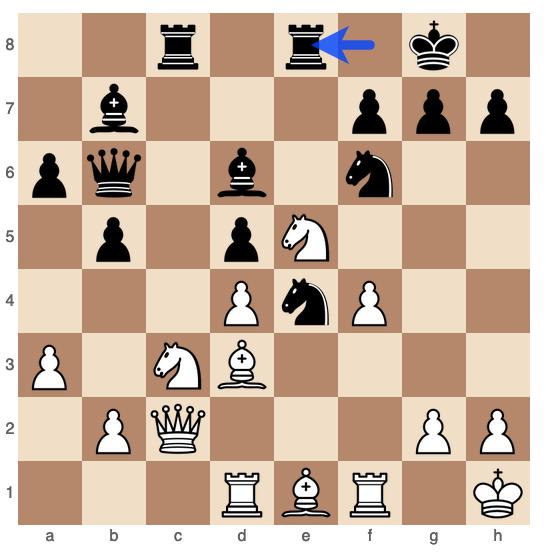In this fifth-round game from Titled Tuesday, Guillermo Baches (Chessllermo) faces G. Lenoir Ibacache in a dynamic encounter arising from the Exchange Variation of the Queen’s Gambit Declined. Baches, playing with the white pieces, showcases strong strategic play and accurate tactics, leading to a swift victory in just 29 moves. The game is a fine example of how to exploit weaknesses in the opponent’s position and convert them into a decisive advantage.
The Opening
The game begins with the Queen’s Gambit Declined (1. d4 d5 2. c4 e6), a classical and well-known opening that leads to solid but flexible positions. Baches opts for the Exchange Variation with 4. cxd5 exd5, a choice that aims to simplify the pawn structure and create an open game with chances on both sides. This variation often leads to a symmetrical pawn structure, where both sides must rely on piece play and strategic plans.
After 5. Bg5 c6, Baches develops his pieces naturally with 6. Qc2, preparing to control the center and potentially exert pressure on Black’s queenside. Lenoir Ibacache responds with 6…Be7, opting for a solid setup. Both players continue with natural development, and after 7. e3 h6 8. Bh4, Baches maintains the pin on the f6 knight, which is a common theme in this line.
The opening remains balanced as both sides castle, but Baches begins to steer the game into more unbalanced territory with 10. Nf3 Ne4 11. Bxe7 Qxe7. This exchange allows White to gain some initiative by centralizing his pieces and preparing to launch a queenside expansion.
The Middlegame
The middlegame begins with 12. Bxe4 dxe4, where Baches opts for a slightly imbalanced pawn structure, giving Black a pawn majority in the center while White gains the initiative and control over key squares. Baches follows up with 13. Nd2, aiming to relocate the knight to more active squares and increase pressure on Black’s position.
Lenoir Ibacache plays 13…f5, trying to solidify the center and gain space, but this move also weakens Black’s kingside and creates potential targets for Baches to exploit. Baches continues with 14. O-O, bringing his king to safety and connecting the rooks, ready to exert pressure on the queenside.
The key moment in the middlegame arises after 15. Rab1, where Baches begins his queenside expansion. With 16. a3 and 17. b4, Baches quickly gains space on the queenside, setting the stage for a potential breakthrough. Black’s 16…Nf6 and 18…Be6 attempts to regroup and defend, but Baches remains in control.
The breakthrough comes with 19. Ne2, where Baches prepares to bring his knight to more active squares while keeping pressure on Black’s position. After 21. Nf4 Qd7 22. Nc4, Baches centralizes his knight, creating threats and preparing for a decisive queenside push.
The Endgame
The game transitions into an endgame after a series of exchanges, with Baches maintaining a strong initiative. The move 24. b5, followed by 25. Nfg6, demonstrates Baches’ tactical awareness and ability to exploit weaknesses in Black’s position. Lenoir Ibacache’s kingside becomes increasingly vulnerable, and Baches quickly capitalizes on this.
The final moves showcase Baches’ precision and understanding of the position. After 27. Rxb7+ Bf7 28. Rxf7+ Kg8 29. Rxf6, Baches forces resignation as Black’s position collapses under the weight of White’s threats. The combination of White’s active pieces and Black’s exposed king leads to an inevitable checkmate or significant material loss.
Conclusion
This game is an excellent example of how to handle the Exchange Variation of the Queen’s Gambit Declined, particularly in terms of gaining a strategic advantage and converting it into a winning position through accurate play and tactical awareness. Baches effectively exploited the weaknesses in Black’s camp and maintained pressure throughout the game, leading to a convincing victory.
Key Lessons:
- In the Queen’s Gambit Declined, particularly the Exchange Variation, maintaining central control and piece activity is crucial for both sides.
- Exploiting weaknesses in the opponent’s pawn structure, such as weak squares or pawn weaknesses, can lead to decisive tactical opportunities.
- Accurate calculation and tactical awareness are essential in converting a strategic advantage into a winning position, as demonstrated by Baches’ precise play in the final phase.
“Chess is a game of opportunities—those who recognize and seize them first often emerge victorious.” Baches exemplified this principle by methodically outplaying his opponent and securing a well-earned win.






